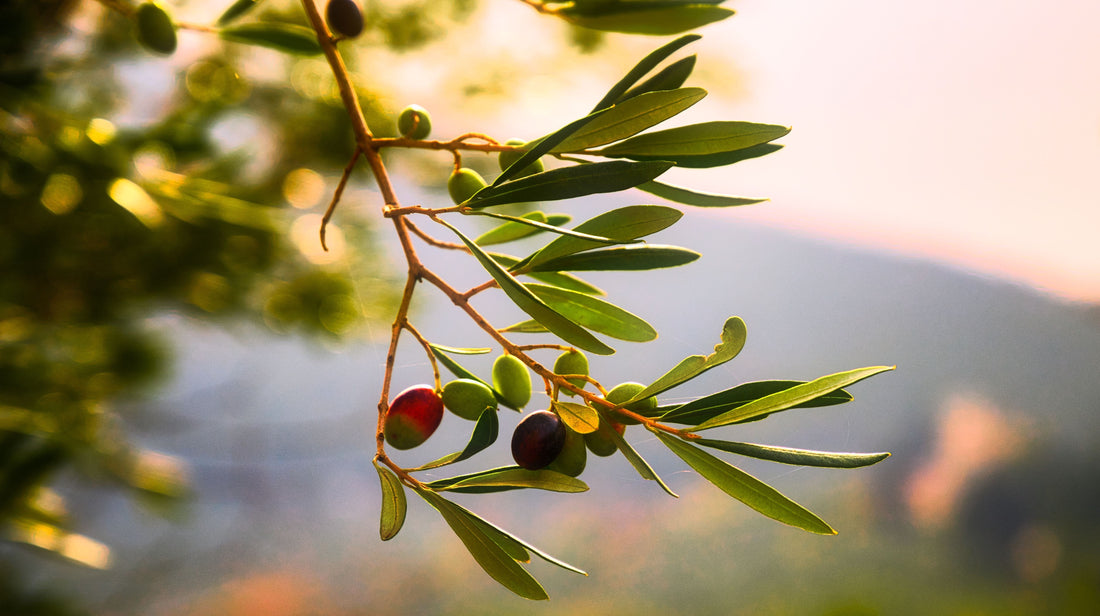According to the International Olive Council, over one thousand olive varieties are grown on six continents.
Here we will talk about a few of the most common olives used as table olives, particularly those we love and have selected for you!

Which are the most popular olives?
We have selected 7 Mouth-Watering Olive Varieties To Step Up Your Culinary Game
Most of us are familiar with black or green olives, but hundreds of varieties are grown worldwide. Each provides a unique combination of colour, flavour, and texture.
But who has got time to learn about all of them?
This guide takes you on a culinary tour, introducing seven of the tastiest olive varieties. They're sure to tantalize your taste buds. Whether you're making a cheese board or a healthy snack, tossing them into a casserole, or shaking a sneaky martini.
1.Kalamata olives

2. Green Sicilian

This extremely popular and delicious olive comes from Castelvetrano in south-western Sicily, Italy, from the olive variety called Nocerella del Belice.
They are known for their bright green shade and a mild, buttery flavour, resulting from the region's warm climate and fertile soil.
Sicilian olives are often sizeable and have a firm texture compared to other varieties. They’re grown for both oil and for the table. They are widely used in traditional Sicilian cuisine and can be enjoyed as a snack, in salads, or as a topping for pizzas.
When picked early, Sicilian olives make a delicious dry, low-salt option. They are crunchy, meaty, and packed with flavor. Check out our homemade Sicilian Marinated olives here.
3. Manzanillo
Manzanillos are a variety of olives originating from Seville, Spain.
As one of the most popular varieties in the world, these olives are revered for their flesh-to-pit ratio. Jarred Manzanillo olives are either green or black. They're excellent for pickling, stuffing, or snacking on their own. This option is a front contender if you're looking for the ideal martini olive.
Manzanillo olives are often used for table olives and to produce oil. They are one of the best all-purpose varieties.
Black and green Manzanillo olives are two different stages of ripeness for the same variety. Green olives are picked earlier in the ripening process, while black Manzanillo olives are allowed to ripen further on the tree.
- Black olives are softer, sweeter, and have a more intense flavour.
- Green Manzanillo olives are firmer and have a milder flavour with a slightly bitter aftertaste.
Did you know? Green and black Manzanillo olives are key ingredients in our Australian Organic Mixed olives.
4. Palermo
Called the“Rainbow olive”, the Palermo is a type of olive traditionally grown in Palermo, Sicily, Italy. It is known for its various colours, including greens, yellows, and browns.
The Palermo olives offer a delicate mixture of different taste sensations creating an explosion of flavour as the flesh easily falls away from the pip.
Palermo olives are a popular ingredient in Italian cuisine, used in dishes such as antipasto platters, stews, pasta tosses, and salads. The olives also produce high-quality olive oil.
5. Wallis
Wallis has a beautiful broad green colour. It is a lesser-known type of olive that is dense and crunchy. This succulent olive variety has a full-bodied flavor and a fruity undertone.
Use these olives in cocktails, on cheese boards, salads, and casseroles. Their flesh easily comes off the pit, so crush them and spread onto bruschetta.
6. Corregiola
Corregiola olives originate from Tuscany, Italy, and are also known as paragon or frantoio olives. They're delicious, picked green or black, and make excellent table fruit. Try serving them with a splash of olive oil and a sprinkle of oregano.
Corregiolas have an attractive appearance thanks to their shiny green or black skin. They are a popular ingredient in tapenades, pasta sauces, savoury tarts, and salads.
7. Wild olives

As the name suggests, Wild olives grow in the wild rather than on cultivated olive farms. They are found in many Mediterranean countries and other regions with similar climates.
Wild olives are typically smaller and have an intenser flavour than cultivated ones. They provide an extra bitter kick along with a crunchy or chewy texture. Pair wild olives with other milder varieties, as we do when making our organic mixed olives.
Fast facts
 Green and black olives
Green and black olives
The difference between green and black olives is their level of ripeness.
 Australian olive production
Australian olive production
About 130,000 tonnes of olives were harvested in Australia in 2021.
 Australian consumption of olive oil
Australian consumption of olive oil
It is estimated at 2.1 kg / person annually.
This article explores seven popular varieties of olives including Kalamata, Sicilian, Manzanillo, Palermo, Wallis, Corregiola, and Wild olives. Each type has a unique flavour, texture, and colour. These delicious olives are found in our homemade Australian Organic Mixed olives.
If you're ready to experience premium marinated Australian organic olives or some delicious Kalamata and Sicilian olives, check out our full olive range here: Byron Bay Olive Co.
If you have any questions please email us at sales@byronbayoliveco.com
Author: Nathan Teague





